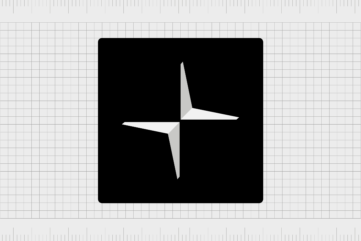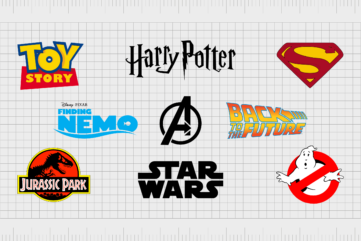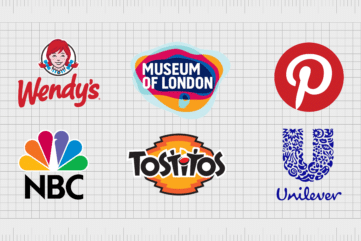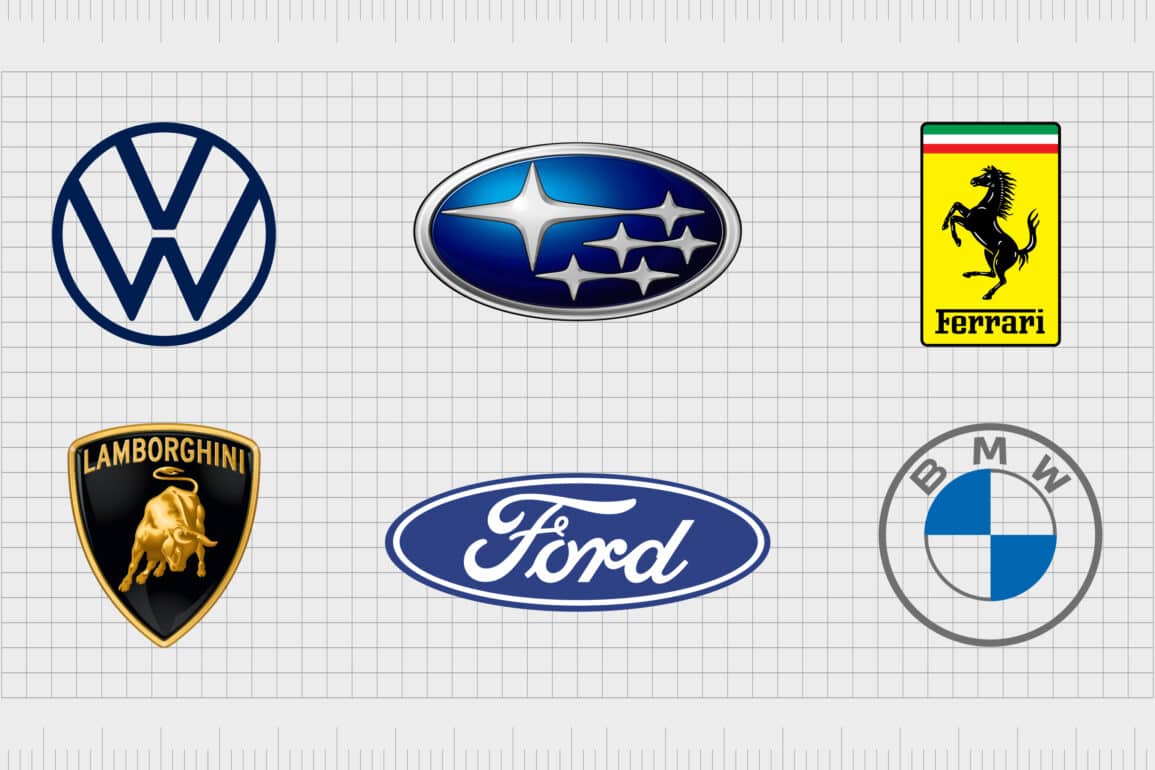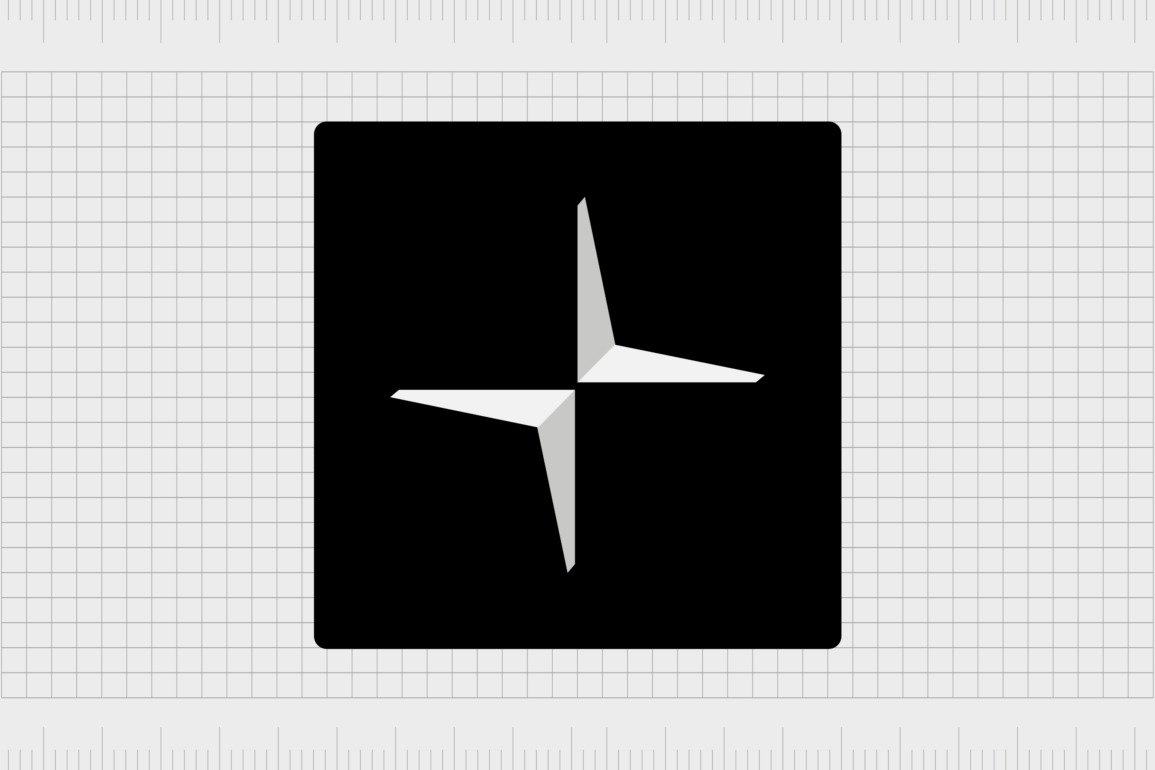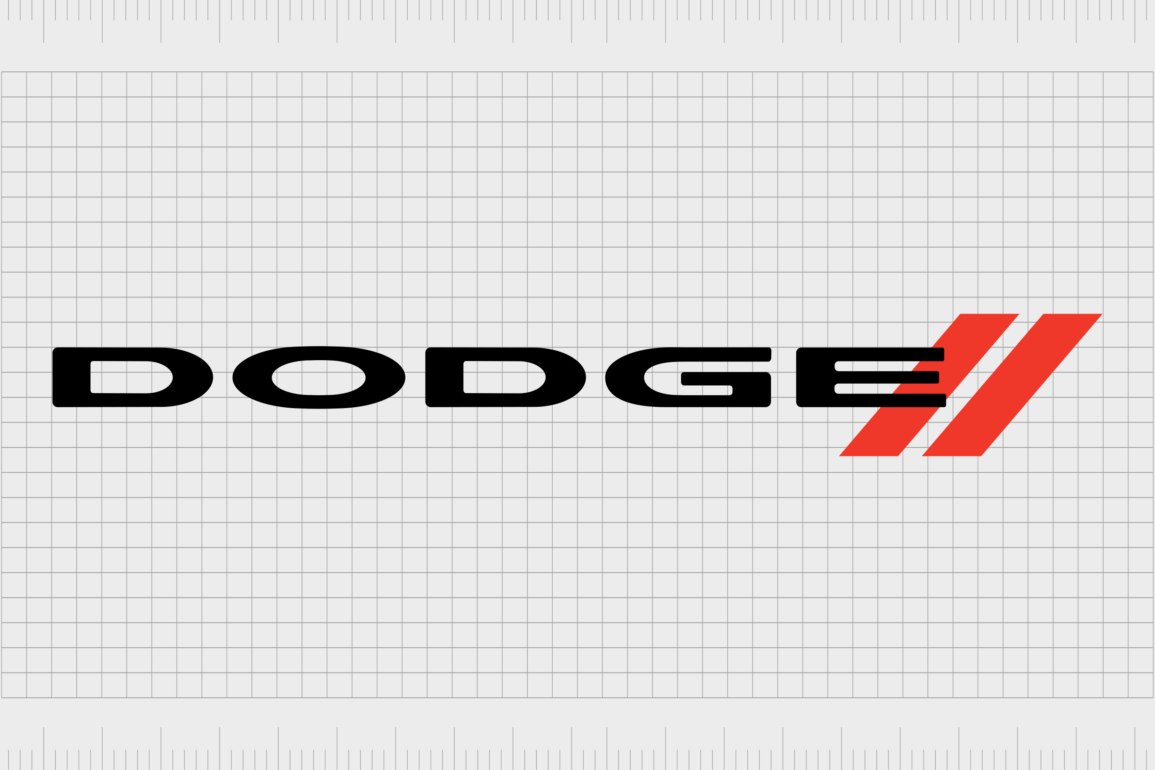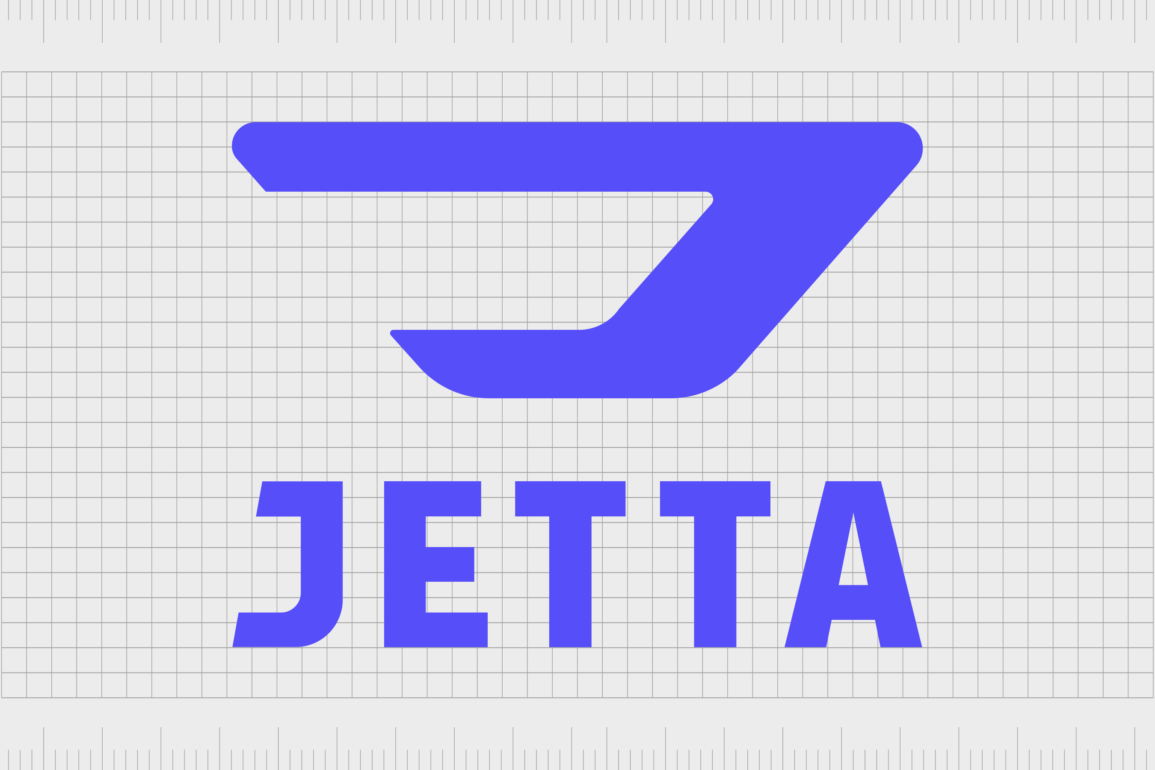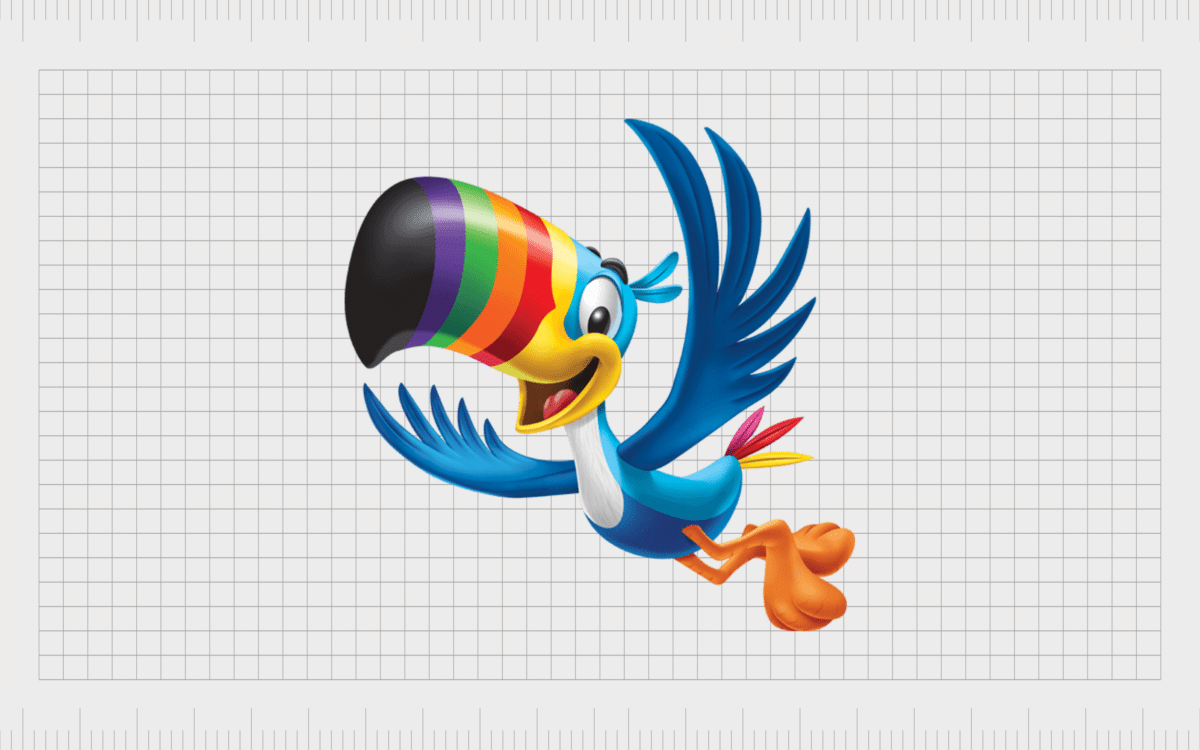Brand mascots: The world’s most famous mascot logos
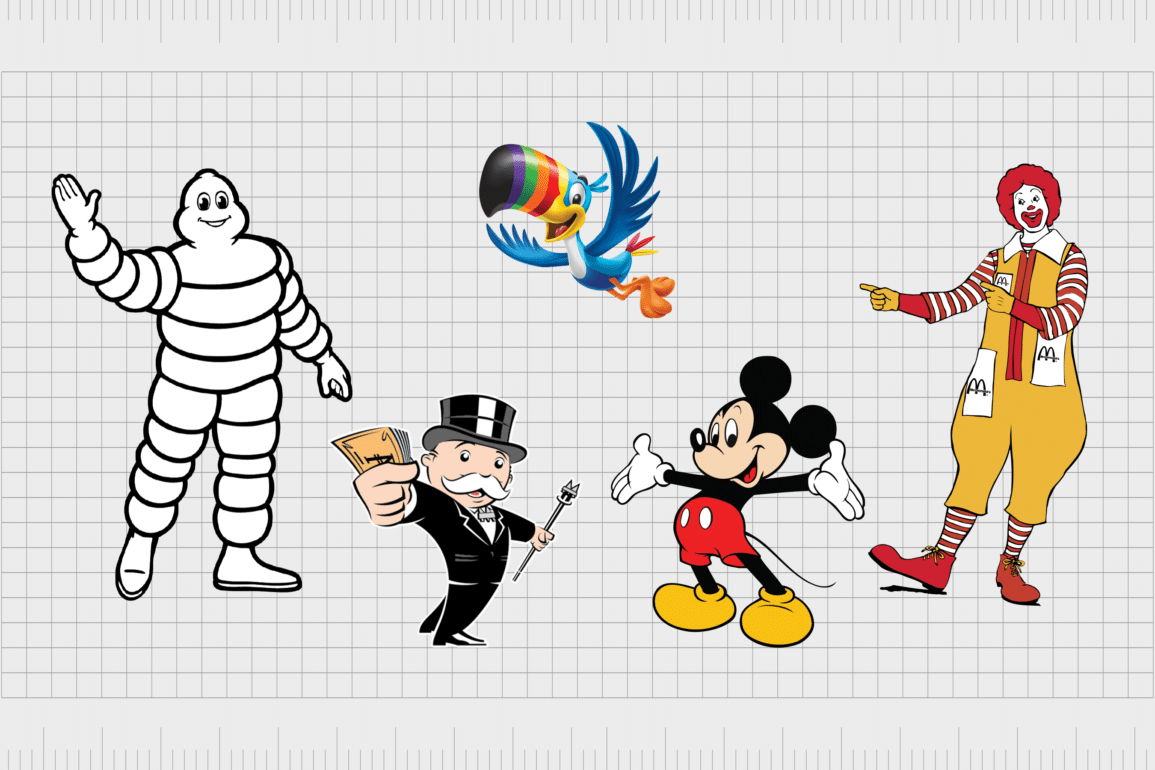
Designed to bring a sense of humanity to a company, brand mascots can transform faceless corporations into loveable personalities overnight. Some of the world’s most famous mascot logos have survived for years, from the Michelin man to the Pillsbury doughboy.
While not every company will automatically benefit from a brand mascot, many organizations find these characters help to tell a more emotional story about the brand itself. When a company needs to imbue itself with personality, and depth, a brand mascot is a great investment.
Today, we’re going to take a closer look at some of the most famous brand mascots of all time, and why they’ve been so essential to the growth of the companies they represent.
Michelin Man (Marshmallow Man)
The Michelin “Marshmallow” Man is one of the better-known brand mascots in the world today. Although this character doesn’t always appear in the Michelin logo anymore, it continues to be an important part of the organization’s brand identity.
The iconic character debuted in 1894, with the name “Bibendum”, though most people simply call him the “Michelin Man”.
The plump mascot might look like a pile of marshmallows, but it’s actually intended to represent tires, which were originally white at the time when the Michelin Man was first being brought to life.
Find our more about the Michelin logo here.
Pennybags (Monopoly)
Rich Uncle Pennybags, or “Mr. Monopoly” is the brand mascot for the famous board game, Monopoly. Although it’s less common for a board game to have a mascot of its own, the decision to introduce Uncle Pennybags definitely worked out for the Monopoly brand.
The Monopoly Man has become one of the most recognizable brand icons in the world over the years. This has also helped Monopoly to become one of the largest, most successful board games.
Cornelius (Kellogg’s)
Did you know the green rooster on the front of the Kellogg’s cornflakes box actually had his own name? Cornelius (Corny) the rooster wasn’t always a spokesperson for the Kellogg’s brand, but he’s certainly maintained a strong presence in the company’s image.
Introduced in 1957, Corny has been with the Kellogg’s company ever since.
Cornelius was an excellent choice of mascot for the Kellogg’s Company, who wanted to associate their breakfast cereal with the start of a new day.
Mickey Mouse (Disney)
While you might not consider Mickey Mouse as a mascot in the same way as [say] the Michelin Man, he’s actually become an essential part of the Disney brand. Consider how often you see those three circles representing the mouse added to everything Disney might produce.
Mickey Mouse is a lively, friendly mouse who took on a life of his own since an original debut in 1928. Today, the character is far more than just a brand mascot – he’s also a famous personality in his own right, with endless tv shows, books, and movies.
Mr Peanut (Planters)
Classy, sophisticated, and brimming with charm, Mr. Peanut was introduced by the Planters brand more than 100 years ago, in 1916. With the name “Mr Peanut” displayed proudly on the gentleman’s top hat, it’s impossible to forget this famous figure.
Interestingly, Mr. Peanut wasn’t designed by an artist or graphic professional, but a 14-year-old boy.
Around 10 years after the Planters Company was initially founded, Mr. Peanut was introduced to help bring a sense of humanity and personality to the company.
Although the company has experimented with the idea of adding elements to the mascot over the years, customers have demanded the design continue to stay the same.
Green Giant (B&G Foods)
Similar to many of the logo mascot creations we see today, the Green Giant no longer appears in all uses of the Green Giant logo. However, he’s still a character commonly associated with the brand.
Otherwise known as the “Jolly Green Giant”, this personality was introduced in 1928 (the same year as Mickey Mouse), and quickly became a hit.
The cheerful, friendly, and eye-catching character was perfect for capturing the attention of a younger audience, who the B&G foods brand were trying to encourage to eat more vegetables.
Mr Clean (Procter & Gamble)
Mr Clean might not seem like a man in his 60s, but the character was actually introduced by Procter and Gamble way back in 1958. Interestingly, the bold muscular man had a huge impact on the company’s ability to grab attention in a somewhat oversaturated market.
Within 6 months of introducing their new brand logo mascot, P&G had the best-selling product around.
Like many of the best brand mascots, Mr. Clean has stayed with the Procter and Gamble Company over the years, helping to make their products more engaging and memorable. The cartoon figure is still highly recognizable around the world.
Mr Muscle (C. Johnson & Son)
We can’t mention Mr Clean without also drawing attention to Mr. Muscle, another well-known icon in the cleaning world. This British brand emerged as a competitor to Mr Clean in the UK during 1986, creating a character to help them capture the attention of their audience.
Mr. Muscle has changed a few times over the years to help transform the personality of the brand. Interestingly, the mascot was once a far less muscley individual, as Mr. Muscle wanted to show customers anyone could have the power of muscles with access to the right cleaning tools.
The Laughing Cow (Laughing Cow)
What better way to create a mascot for your brand, than to base your character on the name of your company? When it comes to famous mascot logos, few have the same impact of the Laughing Cow – a joyful red cow which has been a part of the Laughing Cow brand since 1921.
The cheerful laughing cow is an excellent example of how a brand mascot can make a logo more memorable.
The character appears on virtually every product produced by the Laughing Cow, as well as in branding materials and advertisements.
Tony the Tiger (Kellogg’s)
Kellogg’s has no shortage of logos with mascots to offer to our list today. Of course, one of the most memorable Kellogg’s brand mascots of all has to be Tony the Tiger. The friendly tiger, with his unique catchphrase, took the world by storm.
Introduced in 1951, Tony has become a huge figure around the world, and he’s one of the few characters Kellogg’s hasn’t made a great number of changes to over the years.
Tony’s bright coloring and memorable slogan makes him extremely popular with a younger crowd.
Coco the Monkey (Kellogg’s)
Another unforgettable creation by Kellogg’s, this time for the Coco Pops cereal brand, Coco the Monkey has appeared all around the globe, promoting his wares.
Interestingly, Coco has been present in the UK for much longer than he was active in the USA, as Kellogg’s spent some time experimenting with different animals as spokespeople.
The playful monkey with his own “Coco Pops” t-shirt and cap has become a beloved creation among many children around the world. Designed to convey ideas of fun and playfulness, Coco was a great choice for a chocolatey cereal.
Kool-Aid Man (Kool-Aid)
Probably among the most popular mascots in the American branding world, the Kool-Aid man burst into our lives during 1954. Originally named the “Pitcher” man, this unique mascot was designed with a fun smile and a head full of flavored drink.
Targeting younger kids as an audience, the mascot made his product seem more exciting, cool, and interesting.
As with most successful famous mascot logos, Kool-Aid man has done an excellent job highlighting the refreshing and youthful nature of his brand.
It’s hard to find anyone who doesn’t know this figure today.
Captain Morgan (Captain Morgan rum)
Probably one of the most famous brand logo mascots created for a drinks company, Captain Morgan was designed by Dom Maitz, an artist specializing in science fiction illustrations. Apparently, the captain was inspired by a real person.
The choice of a pirate captain as a figure for a rum brand makes a lot of sense, and it helps to set Captain Morgan aside from the other brands in its industry.
Today, the Captain has become an iconic symbol synonymous with quality rum.
Julius Pringles (Pringles)
Here’s something you can take with you to your next quiz night. The name of the moustached Pringles mascot is “Julius”. Designed to look a little like a Pringle himself, Julius is fun and friendly cartoon mascot, best-known for his large moustache, and his red bowtie.
The design of Julius is excellent for conveying a sense of sophistication and professionalism, with a playful edge.
You’re left with the feeling you’re getting a high-quality product from Pringles, which is still going to be fun to eat.
Quicky (Nesquik)
Quicky might not be the only example of a bunny logo mascot on the market, but he is one of the most memorable.
Designed specifically to create connotations with “speed”, Quicky’s purpose was to show customers how quickly they could create their own delicious chocolate-flavored drink at home.
Quicky’s bouncy and energetic personality also helped to convince customers they would achieve excellent levels of performance and energy after drinking their chocolate milk beverage.
Chester Cheetah (Cheetos)
Lesser-known in some parts of the world where Cheetos aren’t as readily available, Chester has still achieved some incredible success in regions like the US.
Introduced in 1986, this “cool cat” was created by the Cheetos brand to demonstrate how trendy and exciting the Cheetos snacks were.
The memorable animal character has gone through a number of transformations over the years, as Cheetos has worked to convey the best possible message to their target audience.
However, Chester has always maintained his place at the top of the list for cool mascot logos.
The M&M’s (Mars)
Most brands with mascots are happy sticking to a single character. Mars decided to create a handful for their new creation with the M&M’s.
Debuted in 1995, the M&M mascots are a series of cute and colorful characters, each with their own unique personality. The yellow M&M and red version are the most well-known.
The purpose of the M&M’s mascots is to offer an insight into the personality of the company, but also highlight the individual flavors and styles of the different kinds of candy on offer.
For instance, the yellow M&M is a little “nutty” due to the giant peanut inside of him.
Colonel Sanders (KFC)
When it comes to brand mascots, we’re all familiar with, there are plenty of great options in the fast food landscape. Colonel Sanders is just one great example.
Intended to resemble the founder of the company, Colonel Sanders was created to make the KFC brand appear more approachable, reliable, and trustworthy.
Interestingly, the smiling, friendly face of Colonel Sanders was introduced into KFC’s branding strategy after the death of the founder had already happened.
Still, the unique image is great for making the chicken brand seem more engaging and appealing.
Ronald McDonald (McDonalds)
Though Ronald might not be as consistently present in McDonalds’ branding today as he once was, he still remains one of the most famous mascots of all time.
Ronald McDonald was the famous clown behind the fast-food chain, appearing in everything from television commercials, to packaging for the McDonalds brand.
Ronald actually appeared alongside a number of other mascot characters in the McDonalds line-up over the years, including Grimace, and the Hamburglar.
The character showcased the brand colors for McDonalds and helped to convey the sense of joy the company was striving to create, with the use of a clown as the brand’s figurehead.
The King (Burger King)
Similar to McDonalds, the “Burger King” doesn’t appear as often today in Burger King’s branding, but it’s a brand mascot most of us will remember forever. The first iteration of the Burger King was introduced as part of a sign at the restaurant for Burger King in Miami Florida.
The King sat on a burger throne and had a joyful, smiling face.
Over the years, the Burger King has changed his appearance a number of times to become more sophisticated and modern. The Tudor-style Burger King most people are familiar with today actually appeared during 1976.
The idea of the “King” was to connect Burger King with ideas of excellence, achievement, and even luxury.
Geico Gecko (Geico)
A brand mascot can be an excellent way to transform an otherwise boring concept, like insurance, into something more interesting and exciting. The quirky lizard mascot for Geico was chosen due to the fact many customers were actually miss-spelling the company’s name initially.
Over the years, this creature has become a major part of the Geico brand identity.
Introduced in 2000, the Geico Gecko has appeared in a huge number of advertisements and campaigns for the brand, often with his own quirky attitude.
Despite his playful nature, the mascot still conveys a sense of professionalism for Geico.
Poppin’ Fresh (Pillsbury)
Sometimes known as the “Pillsbury Doughboy”, Poppin’ Fresh has been a major part of the Pillsbury brand identity since his introduction in 1965. Many of the advertising campaigns and commercials for the brand have featured Pillsbury over the years.
This playful and adorable character is a fantastic way for Pillsbury to show how their baking products can bring your kitchen to life.
The Pillsbury doughboy character, with his bright smile and his scarf and chef’s hat, reminds us we’re dealing with a company with a strong presence on the cooking arena.
Poppin’ Fresh has even appeared in the commercials of other brands!
The Energizer Bunny (Energizer)
Playing on the idea that rabbits and baby bunnies are often packed with energy, the Energizer brand adopted a playful bunny of its own for its brand mascot. The Energizer Bunny is an icon of boundless energy, which first appeared in the company’s advertising during 1989.
Over the years, the company has kept its character almost entirely the same. The Energizer bunny features pink fur, designed to represent love and joy, as well a set of flip-flops.
Today, the Energizer bunny is part of what makes the battery company so memorable, though the brand doesn’t always use the mascot in their logo.
McGruff the Crime Dog (National Crime Prevention)
Even national groups can discover the benefits of brand mascots. While the National Crime Prevention Council didn’t need a character to help them sell products, they did need something to help make their message more memorable and attract the attention of a younger audience.
This led to McGruff the Crime Dog being commissioned in 1978.
The “Crime Dog” who appeared for the first time in the 1980s, was designed with the idea of a dog taking a “Bite out of crime”, which eventually became his slogan.
The mascot was ideal for capturing the attention of the National Crime Agency’s audience.
Toucan Sam (Froot Loops)
Brand mascots are a commonplace part of the branding strategies for countless cereal and food companies. Toucan Sam is a perfect example of this. The Toucan mascot appeared for the Froot Loops breakfast cereal in 1963 and captured the hearts of millions.
Part of what makes Sam special is his ability to sniff out Froot Loops cereal from anywhere.
The colorful and whimsical character of Toucan Sam was ideal for a company trying to appeal to a younger audience. You can even see the various colors of the Froot Loops cereals depicted in stripes on the Toucan’s nose.
These stripes have evolved over the years as new flavors have been added to the cereal.
Snap, Crackle, and Pop (Kellogg’s)
Yet another fantastic example of how Kellogg’s has leveraged famous brand mascots over the years, Snap, Crackle, and Pop were the three unforgettable characters created for Rice Krispies.
Though the characters aren’t always as evident in the branding for Rice Krispies today, they maintained a strong presence with the Kellogg’s Company for several years.
Snap, Crackle, and Pop appeared for the first time in 1933, with a focus on drawing attention to the unique sounds Rice Krispies would make when a child added milk to their cereal.
The characters, and the fun nature of the cereal helped to make the product an amazing success.
Charlie the Tuna (StarKist)
Charlie the Tuna was a spokesperson and brand mascot for the StarKist brand, first introduced in 1961 by Tom Rogers. The mascot currently belongs to the Dongwon Industries South Korea conglomerate.
Although more common in the US than in other parts of the world, Charlie the Tuna appeared in more than 85 adverts for StarKist up until the 80s.
While the campaign featuring Charlie was retired for a while, the mascot came back in 1999, when StarKist revived him to highlight the new healthy tuna products they were offering.
The design of Charlie the Tuna was intended to make him look sophisticated and discerning. StarKist wanted to create an image for themselves as being the choice for people with good taste.
Celebrating famous mascot logos
Clearly, there’s no shortage of fantastic brand mascots out there, designed to bring humanity and personality to the brands they represent.
Over the years, the powerful mascots mentioned above have helped to propel their brands into the limelight, capturing the attention of customers, and paving the way for brand loyalty.
Though many of these popular mascots have evolved over the years and been redesigned to suit the needs of a more modern audience, their focus usually remains the same.
Each of the top brand mascots in the world helps to draw attention to the unique personality and values of the companies they represent, making the organizations more loveable.
Fabrik: A branding agency for our times.


